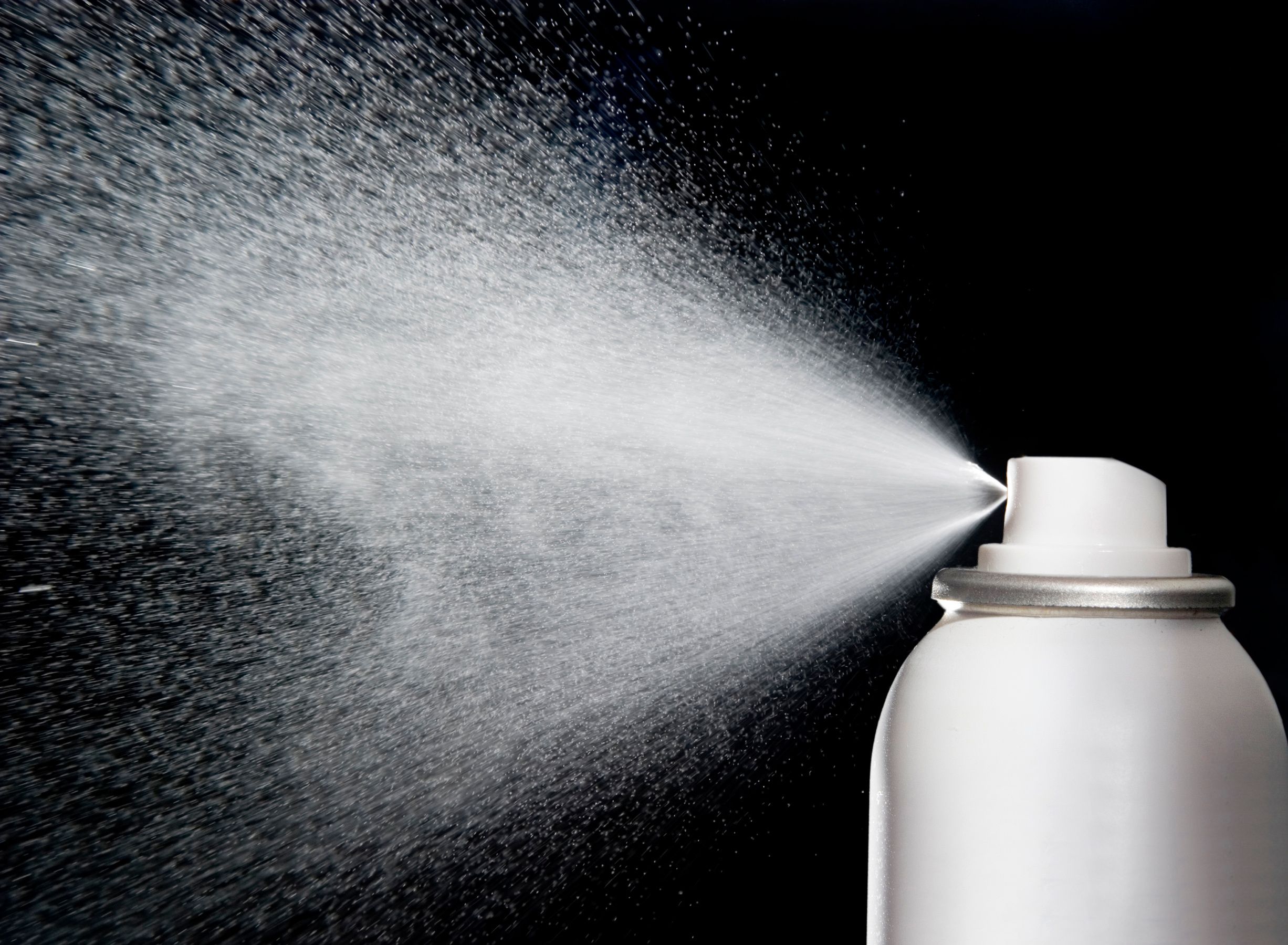Volatility Measurements of Individual Components in Organic Aerosol Mixtures Using Temperature-Programmed Desorption–Direct Analysis in Real Time–High Resolution Mass Spectrometry
A research team has developed a novel method for assessing the volatility of individual components in complex organic aerosol mixtures using temperature-programmed desorption and high resolution mass spectrometry, offering insights into atmospheric pollutants.
A research group at Purdue University have developed an innovative method for quantitatively assessing the gas–particle equilibrium of individual components within complex organic aerosol (OA) mixtures. Published in the journal Analytical Chemistry, the study introduces an innovative ambient pressure measurement approach that enables the screening and characterization of organic pollutants in real-world atmospheric samples (1).
spray bottle 1 | Image Credit: © Lumos sp - stock.adobe.com

Led by Alexander Laskin, the research team employed temperature-programmed desorption (TPD) experiments coupled with the "direct analysis in real time" (DART) ionization source and high resolution mass spectrometry (HRMS) detection. By performing TPD experiments over a temperature range of 25–350 °C and analyzing the resulting mass spectra and extracted ion chromatograms (EIC), the scientists were able to infer the physicochemical properties of individual components, such as their saturation vapor pressure (pT*) and enthalpies of sublimation/evaporation (ΔHsub*).
TPD involves subjecting the samples to a controlled temperature increase, leading to the desorption of volatile compounds. DART ionization allows for the direct ionization of the desorbed compounds without the need for sample preparation. HRMS provides high resolution mass analysis, enabling accurate identification and quantification of the desorbed species.
To validate the method, the researchers analyzed selected organic compounds with known properties, achieving excellent agreement between their results and existing data. They then extended the experiments to complex OA samples generated through the controlled ozonolysis of α-pinene, limonene, and β-ocimene monoterpenes. By accurately measuring the mass and quantifying the ΔHsub* and CT* values from the EIC records, the team successfully distinguished and characterized the abundant OA species of interest.
Furthermore, a comparison of the saturation vapor pressure estimates derived from the experimental data with those calculated based on elemental composition revealed that the current calculations tend to overestimate the saturation vapor pressure of OA components. These findings highlight the potential of the developed TPD-DART-HRMS method for rapid and untargeted analysis of organic molecules in OA and other environmental mixtures.
The significance of this research lies in its ability to provide valuable insights into the formation, growth, distribution, and evolution of organic aerosols in the atmosphere. The TPD-DART-HRMS method holds great promise for real-world applications, enabling the detection and quantification of organic pollutants in condensed-phase samples at atmospheric pressure without the need for extensive sample preparation.
As atmospheric organic aerosols continue to pose challenges to environmental and human health, this innovative approach offers a powerful tool for studying and addressing their effects. By accurately quantifying the volatility of individual components within complex mixtures, scientists can better understand their impact on air quality, visibility, and climate dynamics.
Reference
(1) West, C. P.; Hsu, Y-J.; MacFeely, K. T.; Huston, S. M.; Aridijs-Olivos, B. P.; Morales, A. C.; Laskin, A. Volatility Measurements of Individual Components in Organic Aerosol Mixtures Using Temperature-Programmed Desorption–Direct Analysis in Real Time–High Resolution Mass Spectrometry. Anal. Chem. 2023, 95 (19), 7403-7408. DOI: https://doi.org/10.1021/acs.analchem.3c00923
New Method Explored for the Detection of CECs in Crops Irrigated with Contaminated Water
April 30th 2025This new study presents a validated QuEChERS–LC-MS/MS method for detecting eight persistent, mobile, and toxic substances in escarole, tomatoes, and tomato leaves irrigated with contaminated water.
University of Tasmania Researchers Explore Haloacetic Acid Determiniation in Water with capLC–MS
April 29th 2025Haloacetic acid detection has become important when analyzing drinking and swimming pool water. University of Tasmania researchers have begun applying capillary liquid chromatography as a means of detecting these substances.

.png&w=3840&q=75)

.png&w=3840&q=75)



.png&w=3840&q=75)



.png&w=3840&q=75)


